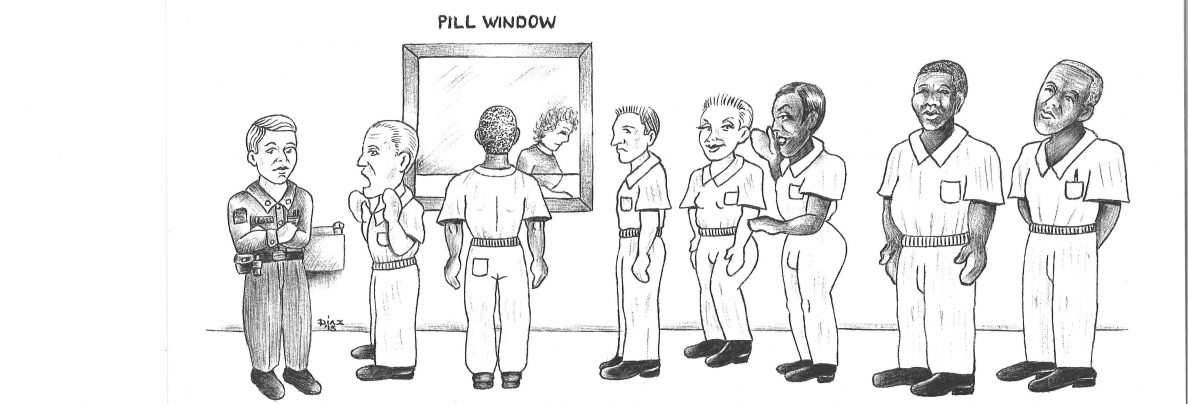By Anonymous
From PHN Issue 54, Fall 2023
Scabies is sadly a fairly common occurrence in the crowded conditions of prisons. Prison officials will state cleanliness or hygiene, but transmission of scabies usually occurs through direct and prolonged skin-to-skin contact, as may occur among family members or sexual partners. Casual skin contact is unlikely to result in transmission.
Scabies is the infestation of the skin by the mite Sarcoptes scabiei var. hominis. Scabies infestations result in intense itching, most notably at night, with wavy and slightly scaly lines from 2 mm to 1.5 cm in length that end in dark bumps where the mite may be visible. Prisoners with dark skin tones may find it harder to detect scabies infestations. Burrows may not be easily visible if the individual has been scratching the area. Classically, scabies affects the spaces between fingers, flexural areas of the wrist or elbow, and folds of skin on the buttocks and beltline.
Continue reading “Scabies: THE ANTI-LOVE BUG”
